Many in Headfi forum complained about the sealing issue they encountered with this earphone and I somehow agree with them. It is true, the nozzle of S2000 is indeed short and the fit is shallow and loose. Obviously that is a problem; poor sealing leaks sound, reduces bass and causes the earphone to fall off.
Sound
Isolation is a problem for most people but how about the sound? The raison d’être of an earphone. Despite having poor sealing, S2000 does a lot of things right in the sound department. Having listened to higher end IEMs, I was not thrilled by the sound. The treble extension is great and so far I have yet to encounter any sibilance in the high. The bass quantity is adequate but not excessive. The low is above average and not boomy by dynamic driver standard. Mid is natural and forward, nothing unexpected for this price and earphone design. What surprised me the most is the soundstage, the stage is wide for an earphone of this size and the positioning is very accurate.

Soundwise, don't expect this earphone to better $200 earphones or even $100 earphones, that's just wishful... but I think the sounds quality came close to that of a $50 earphone. No doubt, it is full sounding when you achieve the appropriate fit for your ears. S2000 does not offer the details and finesse in sound of a multi-BA drivers UIEM and of course I will have to let that slide since it costs a mere $25, it is almost criminal to ask for more.
I noticed a hint of channel imbalance in my S2000. Maybe that is due to me not being able to position the earphone properly in my ears, or maybe it is just the unit I have but somehow I think the volume is slightly lower on the right channel.
-----------------------------

To me, audio and photography are two parallel worlds. Speaking in analogy: Balanced Armature or BA earphones have better resolution (megapixels in photo term, resolving power in audio) while Dynamic earphones have better dynamic range (ev stops in photography, frequency range in audio). If I can only own a pair of single driver earphones, I will not hesitate to go for single dynamic driver earphones. If I get to choose a pair of multi drivers earphones, then BA earphones become the obvious choice. The logic is simple, for untrained ears or casual listening, resolution is just not all that crucial. The same goes for photography, you can always get away with a smaller picture provided it is well exposed. Moving on, if an earphone is equipped with more than one driver, the multiple drivers are capable of covering a wider frequency range while retaining or improving on sound resolution, so multi-BA earphones usually offer an overall more enjoyable sound compared to their single dynamic driver counterparts. For that reason I think one should opt for BA earphone if they are going for a multiple driver setup and dynamic earphone if they are going for a simple single driver earphone.
Comfort
Due to the short nozzle design, S2000 fits loose in my ears, so as a result it is also quite comfortable to listen to for long. I think S2000 is by far the lightest over ears earphone I have reviewed and the lateral profile of the earphone is so narrow it hides behind my ears when I use it.

Since the earphone is so light, it might be a great earphone for runners or ladies (with smaller ear canals, no prejudice against women here). I have seen S2000 dropped in Massdrop early this year and it garnered some positive reviews from actual owners, of course some did complain about the fit. I have also seen Advanced Sound offering the mobile edition of this earphone on Amazon for slightly more money but the one I received for review is the live edition that has no built-in microphone.
Disclaimer

Advanced Sound sent me this pair of S2000 a while ago, but I left it in my drawer for some time as I was not able to fork out the time to come out with this review. For the past few months, I jotted down random thoughts about this earphone when I use it and this is the “off the cuffs” review I compiled from all those notes.
Conclusion
“If only it has a better seal”, that is probably what most S2000 owners have in mind. I concur with them but I think S2000 is nevertheless a pleasant sounding earphone. It is also stylish, light and easy on my ears.
I have no doubt that S2000 is well worth its price. If you prefer earphones with loose-fitting, you will not go wrong with this $25 buy, S2000 might actually be a hidden gem for you!
Sound
Isolation is a problem for most people but how about the sound? The raison d’être of an earphone. Despite having poor sealing, S2000 does a lot of things right in the sound department. Having listened to higher end IEMs, I was not thrilled by the sound. The treble extension is great and so far I have yet to encounter any sibilance in the high. The bass quantity is adequate but not excessive. The low is above average and not boomy by dynamic driver standard. Mid is natural and forward, nothing unexpected for this price and earphone design. What surprised me the most is the soundstage, the stage is wide for an earphone of this size and the positioning is very accurate.

Soundwise, don't expect this earphone to better $200 earphones or even $100 earphones, that's just wishful... but I think the sounds quality came close to that of a $50 earphone. No doubt, it is full sounding when you achieve the appropriate fit for your ears. S2000 does not offer the details and finesse in sound of a multi-BA drivers UIEM and of course I will have to let that slide since it costs a mere $25, it is almost criminal to ask for more.
I noticed a hint of channel imbalance in my S2000. Maybe that is due to me not being able to position the earphone properly in my ears, or maybe it is just the unit I have but somehow I think the volume is slightly lower on the right channel.
-----------------------------

To me, audio and photography are two parallel worlds. Speaking in analogy: Balanced Armature or BA earphones have better resolution (megapixels in photo term, resolving power in audio) while Dynamic earphones have better dynamic range (ev stops in photography, frequency range in audio). If I can only own a pair of single driver earphones, I will not hesitate to go for single dynamic driver earphones. If I get to choose a pair of multi drivers earphones, then BA earphones become the obvious choice. The logic is simple, for untrained ears or casual listening, resolution is just not all that crucial. The same goes for photography, you can always get away with a smaller picture provided it is well exposed. Moving on, if an earphone is equipped with more than one driver, the multiple drivers are capable of covering a wider frequency range while retaining or improving on sound resolution, so multi-BA earphones usually offer an overall more enjoyable sound compared to their single dynamic driver counterparts. For that reason I think one should opt for BA earphone if they are going for a multiple driver setup and dynamic earphone if they are going for a simple single driver earphone.
Comfort
Due to the short nozzle design, S2000 fits loose in my ears, so as a result it is also quite comfortable to listen to for long. I think S2000 is by far the lightest over ears earphone I have reviewed and the lateral profile of the earphone is so narrow it hides behind my ears when I use it.

Since the earphone is so light, it might be a great earphone for runners or ladies (with smaller ear canals, no prejudice against women here). I have seen S2000 dropped in Massdrop early this year and it garnered some positive reviews from actual owners, of course some did complain about the fit. I have also seen Advanced Sound offering the mobile edition of this earphone on Amazon for slightly more money but the one I received for review is the live edition that has no built-in microphone.
Disclaimer

Advanced Sound sent me this pair of S2000 a while ago, but I left it in my drawer for some time as I was not able to fork out the time to come out with this review. For the past few months, I jotted down random thoughts about this earphone when I use it and this is the “off the cuffs” review I compiled from all those notes.
Conclusion
“If only it has a better seal”, that is probably what most S2000 owners have in mind. I concur with them but I think S2000 is nevertheless a pleasant sounding earphone. It is also stylish, light and easy on my ears.
I have no doubt that S2000 is well worth its price. If you prefer earphones with loose-fitting, you will not go wrong with this $25 buy, S2000 might actually be a hidden gem for you!






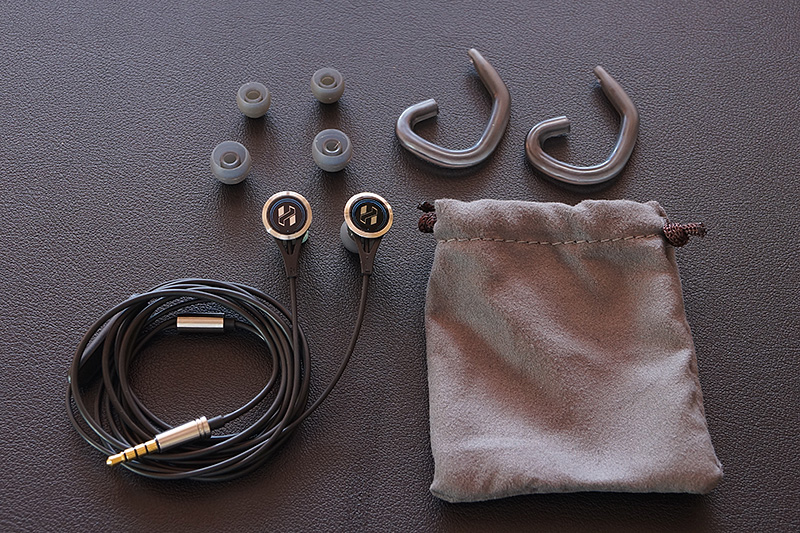




















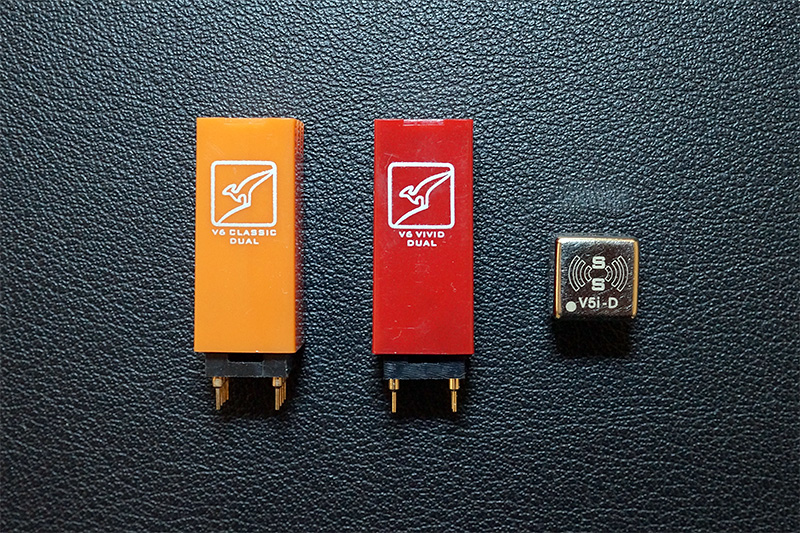


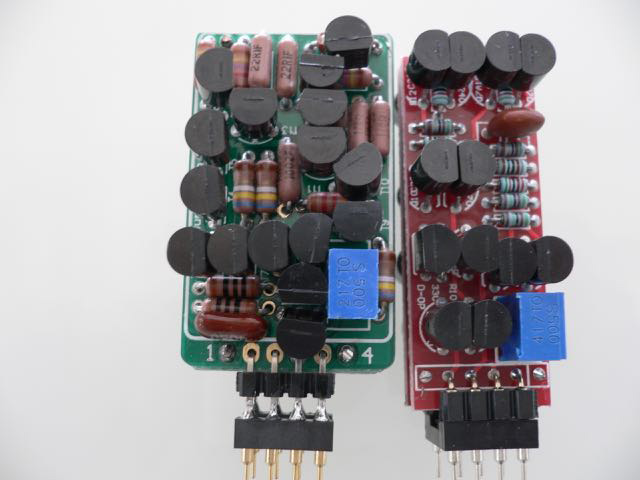

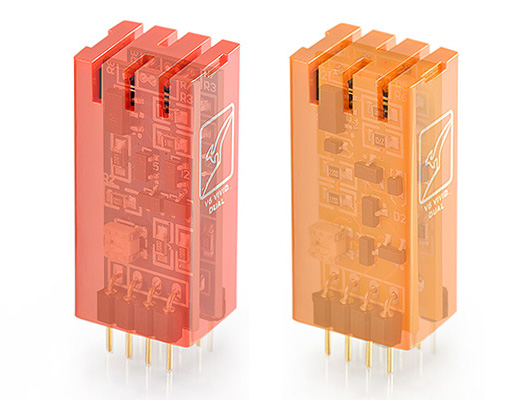
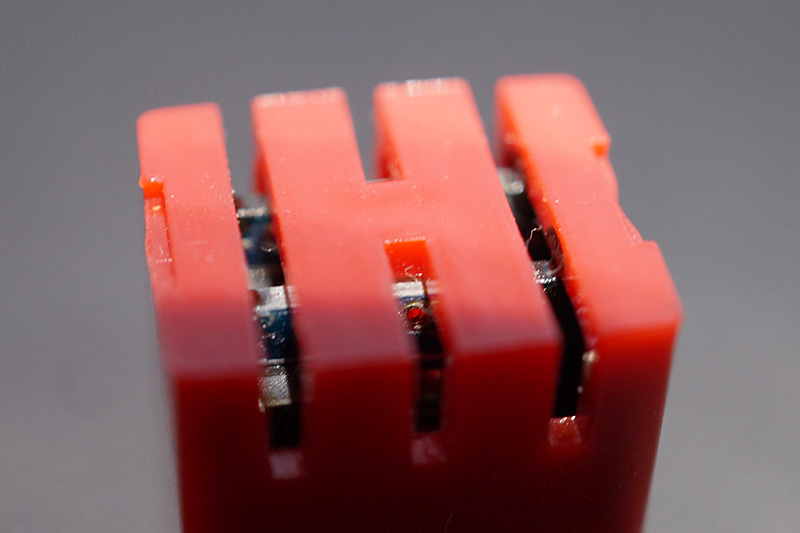
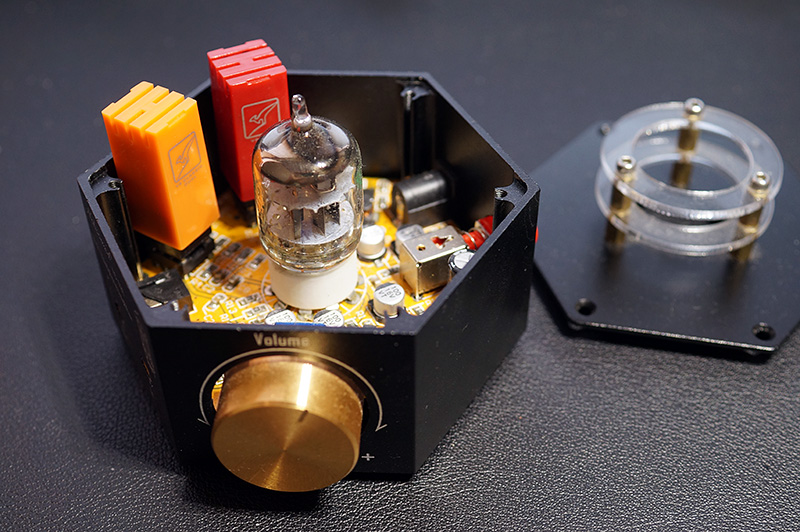
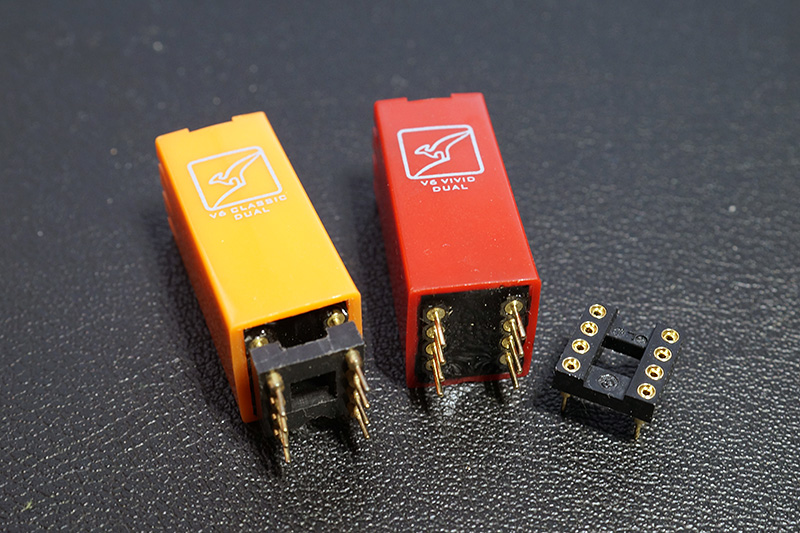




















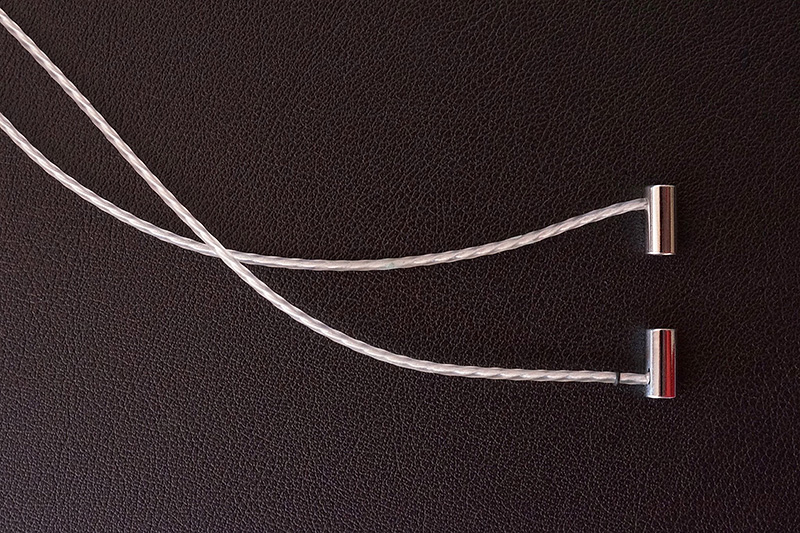




























below comment.thanks.
' Zishan Z2 (as DAC) with Nobsound NS-02E (with V6) = The mid sounded too thick for my liking....